http://www.coastalvirginiamag.com/May-June-2019/Attucks-Theatre-Celebrates-100-Years/
https://www.sevenvenues.com/attucks100
https://www.sevenvenues.com/attucks100/attucks-theatre-documentary
https://support.whro.org/images/dimensions/FEB2019.pdf
https://www.norfolk.gov/index.aspx?NID=4123
https://www.virginia.org/virginiaathletes/
https://veermag.com/2019/02/the-attucks-at-100-the-apollo-of-the-south/
Tuesday, July 23, 2019
Monday, July 22, 2019
Geography Part 2: Human Geography



Geography Part 2: Human Geography

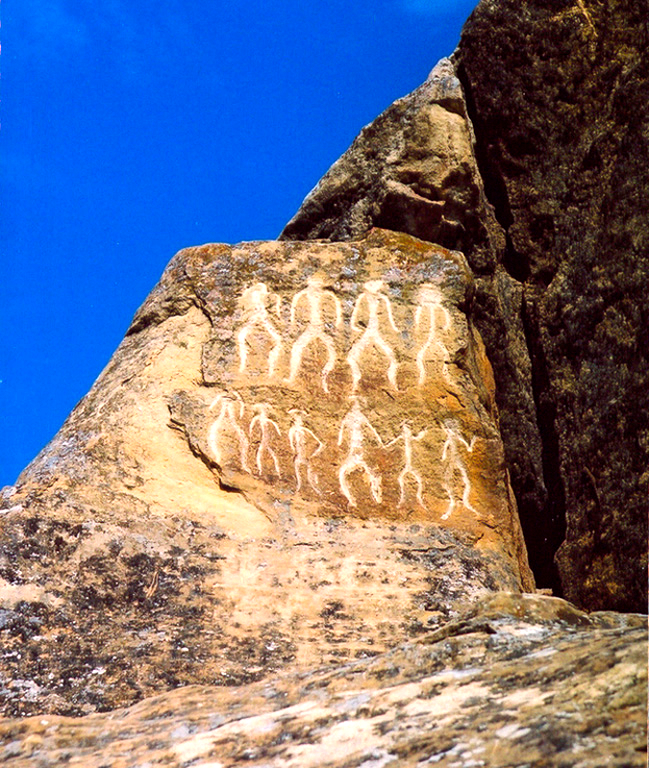
Culture
Culture is one of the greatest subjects to learn and study. Culture is the social behavior and norms found in human societies. Culture has been studied by anthropologists and sociologists for generations. Culture has been found in societies universally. It can deal with art, music, dance, religion, technologies, fashion, etc. Culture can be passed down throughout generations over time. It can be written in literature or passed down orally. So, culture about the way people think, act, and interpret reality. Readily, material objects used to form a people’s way of life. Ideals formed are part of nonmaterial culture. Material culture is the physical things formed by people in a society. The United States of America is a multicultural society where different cultures flourish together and blend. There are almost 400 languages spoken in America.
Various museums specifically celebrate African American culture, Native American culture, Irish culture, Greek culture, Latino culture, etc. Culture can include symbols, language, values, beliefs, and various norms. Values readily change over time. In human history, we have agriculture, industrial societies, and post industrialism (which means that the production of information via computer technology that dominates society). Subcultures, countercultures, and other parts of culture exist. Diffusion, invention, and discovery can influence cultural changes. For example, hip hop music is part of a culture that has been diffusion from Bronx, NYC to places like Africa, Europe, Asia, Latin America, the Caribbean, South America, and other places of the Earth. Culture is a human trait. We can shape our cultures positively from cooperation, assistance, and progressive developments.

Race and Ethnicity (plus Sociology)
Identity is part of our lives. We identify ourselves by our location, by the region in where we live, and by the family in which we are born in. Race is a serious topic being discussed in the 2020 election, and in everyday life. My ancestors came from West and Central Africa. My ancestors were also the victims of the Maafa and antebellum slavery in Virginia plus North Carolina. Therefore, I know a great deal on the issue of race. In America, we have only lived almost 60 years since the end of legalized Jim Crow. Jim Crow ended not too long ago. Today, the institutions of redlining, discrimination, excessive gentrification, macroaggressions, and racism harm many black people plus other people of color in 2019. The recent, disrespectful comments by Trump about four, qualified Congresswomen of color proves that racism is still here in America. That is why it is important to discuss about race. The reason is that the only way where we can have justice in this world is by talking about it, eliminating systems of oppression, mentoring, stopping injustice, and building institutions where black people and all people can live in a world filled with tranquility plus safety.
What is race? Race is a social construct used by individuals to categorize people (usually if these people share similar biologically transmitted traits that members of a society consider specific distinctions). Back then, people have classified race in both nationality terms and by physical traits. Modern sociologists and scientists view race as partially based on physical similarities within groups, but they believe that race is not an inherent physical or biological quality. It is a historical fact that people have used the issue of race to promote racism. What is racism? Racism is the belief that one’s skin color or physical appearance denotes superiority or inferiority among the human family (and racism is about hating someone because of his or her color including using the institutions of power to deprive people of rights because of his or her color). In other words, racism is about the lie that one is better than another person by virtue of his or her color or physical phenotypes. Thomas Jefferson is one of the most evil slave owning racists of all time. In his words and literature, Jefferson saw Africans as inferior to whites especially in regards to their intellect, and slandered black human beings in other ways, but he described Native Americans as equals to whites. Of course, Thomas Jefferson is a liar, because tons of black people have PhDs, are inventors, and have great intellectual power. Racial categories have evolved over time and are not very comprehensive (and they can be ambiguous. Brazil has multiple racial categories).
One example is that a Turkish person’s ancestors usually didn’t originate from China or England. Another example is that an Aboriginal living in Australia is not a black African and he or she is not Siberian. Therefore, humankind is complex culturally and live in diverse geographic locations. There is why there is human genetic variation among people in the same cultural group. Humans are diverse because of many reasons. Many physical differences are environmental as humans with darker melanin readily live in warmer climates and those with lighter melanin readily live in colder climates. Europeans and Asians have a higher level of Neanderthal DNA than other humans. What we have learned about race is learned. Today, the United States allows the census to classify people in one racial category or in more than one racial category. Over the course of years, many people want to identify themselves as multiracial. Right now, there are over 41 million black people living in the United States of America. Certainly, we want black populations to flourish worldwide.
There is the concept of ethnicity too. Ethnicity is a shared cultural heritage. Ethnicity is different than race. An ethnicity is a group of people that share the same language, religion, or social identity. America is multiethnic nation. Ethnicity is culturally constructed too. The difference between race and ethnicity is that race is a social construct from biological traits while ethnicity is socially constructed form cultural traits. For example, a French person refers to ethnicity while Caucasian is in reference to race. Another example is that Hispanic is an ethnic group, but Hispanic people in general can be white, black, and multiracial. Me personally, my race is black and my ethnicity is African American. Many people do identify themselves in multiple ethnic backgrounds. Soledad O’Brian is a woman with black and white ancestries. Examples of racial or ethnic groups in America are: Native Americans, African Americans, European Americans, Asian Americans, Hispanic Americans, and Arabic Americans. Minority groups make up a small percentage of the population in any nation, and many minorities experience prejudice, racism, and other injustices. You can look at history to witness that from lynchings of black people to the Chinese Exclusion Act of the 19th century (including the internment of Japanese Americans during World War II). According to the U.S. Census Bureau, by 2044, America will be a majority minority nation. It is important to fight evil stereotypes and nefarious prejudices. We know tons of people of every color who exemplify excellence of character and human compassion. The Golden Rule works. Also, it is important to mention that minority groups are diverse. Many minorities are rich, poor, middle class, young, old, middle aged, etc.
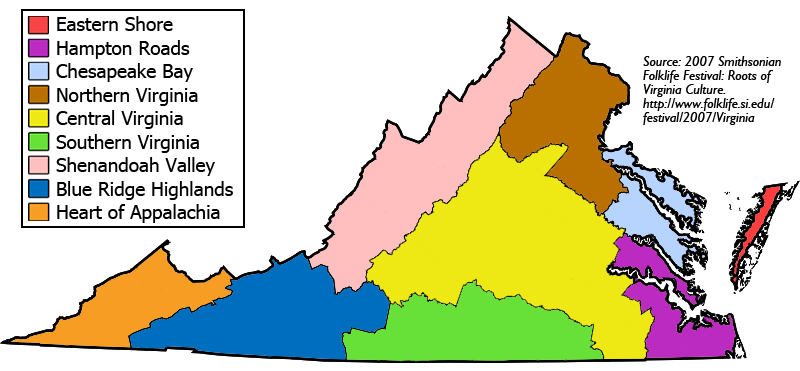
Cultural Regions
Cultural regions are key involving the subjects of anthropology and geography. A cultural region deals with geography with one relatively homogenous human activity of a complex of activities. Such a region can be dealing with ethnolinguistic groups too. Specific cultures often do not limit their geographic coverage to the borders of a nation state, or to smaller subdivisions of a state. Cultural "spheres of influence" may also overlap or form concentric structures of macro cultures encompassing smaller local cultures. Different boundaries may also be drawn depending on the particular aspect of interest, such as religion and folklore vs. dress and architecture vs. language. Culture region can be defined by religion, language, or a type of livelihood. For example, the Roman Empire was divided into the Eastern and Western regions. It is important to note that a cultural region can be as small as a neighborhood. Chinatown in New York City is a cultural region that has language, actions, religion, and beliefs unique in its structure.

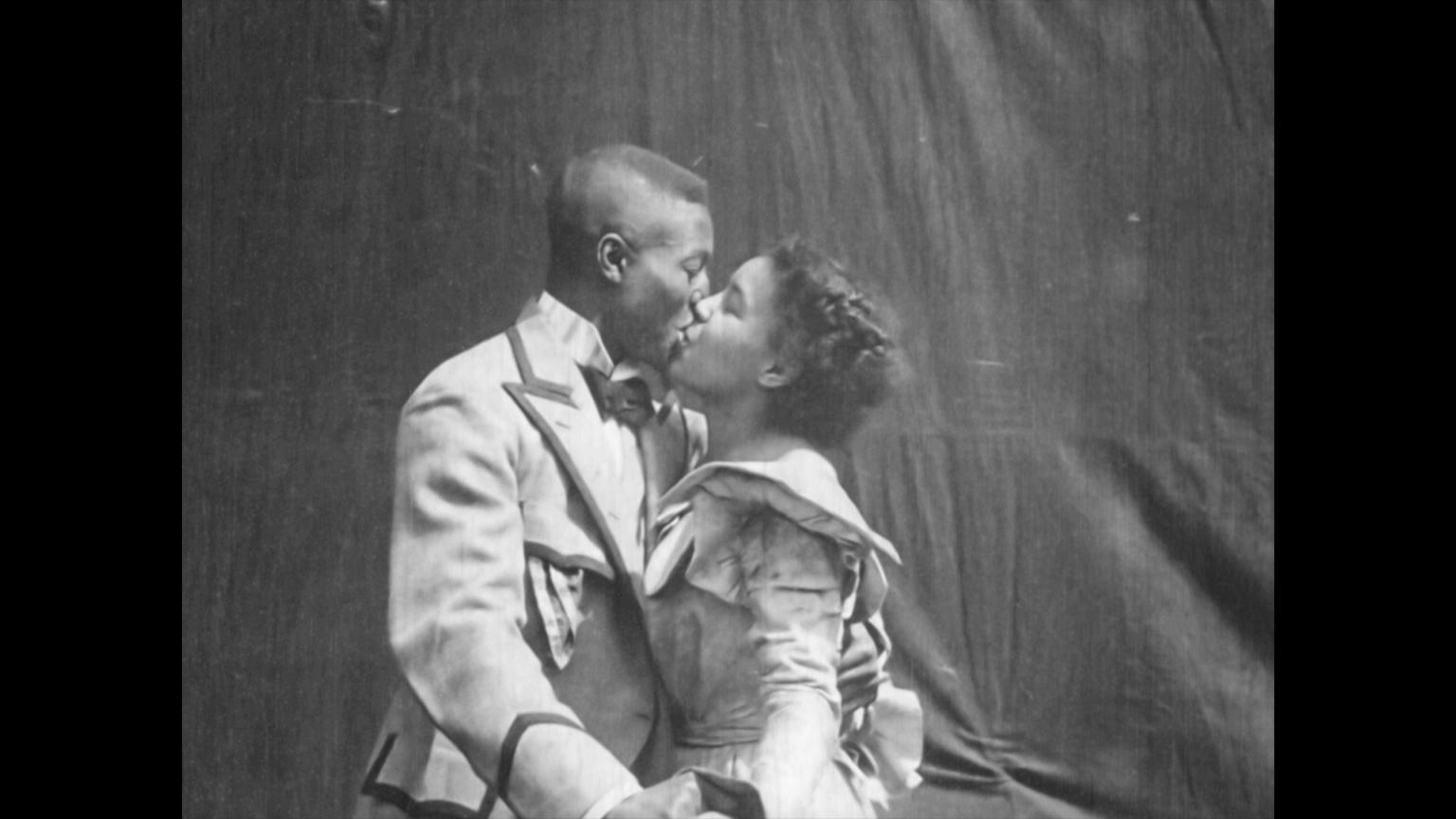

Sex and Gender
One of the most important issues involving human geography deal with sex and gender. These concepts relate to our lives literally. Views on sex and sexuality have changed over time. Sex is more than a biological process that can cause human reproduction. It deals with laws, culture, and other parts of everyday life. Without sex, we wouldn't be here on this Earth literally. The reason why you are reading these words is because of sex literally (i.e. you were born on this Earth as a product of sex or other biological procedures). Sex is also a biological way to define men and women. Most humans on Earth identify themselves as either men or women as adults. A child's sex is determined at conception. A child with a XX combination of chromosomes is a girl. A child with a XY combination of chromosomes is a boy. Of course, there are exceptions to this reality. Intersexual people have bodies including genitals with both female and male characteristics. Transgender people exist as well. In many cultures, sexuality can be restricted or promoted in a more open fashion. In America, laws do exist that ban incest among relatives, that bans or limits prostitution, and other things that places restrictions on human sexuality. The Sexual Revolution in America contributed to more Americans having more progressive attitudes on sex and sexuality than any other movement in American history. Just 50 years ago, Americans opposed pre-martial sex in a higher level than today when most Americans support pre-martial sex in our time. Sexual orientation is a person's romantic and emotional attraction to another person. There is heterosexuality, homosexuality, bisexuality, pansexuality, and asexuality. Many people have trouble understanding what non-binary is.
Non-binary is is a spectrum of gender identities that are not exclusively masculine or feminine—identities that are outside the gender binary. Gender refers to social and cultural expressions among human beings. A pansexual is a person who has the emotional, romantic or sexual attraction to people of any gender though not necessarily simultaneously, in the same way or to the same degree. Cisgender is term used to describe a person whose gender identity aligns with those typically associated with the sex assigned to them at birth. Gender fluid is a person who does not identify with a single fixed gender; of or relating to a person having or expressing a fluid or unfixed gender identity. In sociology, structural functional theory, symbolic interaction, social conflict, and feminist theories evaluate how populations deal with sexuality.


Technology
Technology and human geography go hand in hand. We need technology to achieve survival in many cases from growing foods to developing resources. Technology’s purpose is manifold. One purpose of it is to try to make the lives of human beings easier or more efficient. As time as gone onward in human history, technology does change. Sometimes it can change rapidly. Sociologists and geography experts have studied this socio-evolution in terms of the items of hunting and gathering, horticulture, pastoralism, agriculture, industry, and post-industrialism. The first humans in Africa were hunter gatherers. This was about a system where people hunted animals for food and gathered plants for food as well. Life was not easy. Many animals were predators, and they readily killed humans and other animals. Migration was commonplace. Edible plants were eaten. This culture is extinct except in certain locations like in Canada, Central Africa, Australia, and Malaysia. Some used shamans back then for advice or for spiritual ceremonies. Technology was limited thousands of years ago. Later, horticulture was commonplace about 10,000 years ago. This used technology to plant crops. Soil was fertile in the Middle East, Western Europe, China, the Americas, etc. Crops being developed increased the power of human civilization. By this time, the belief of one God spread in the world in the midst of a pastoral environmental. This environment saw the origins of Judaism, Christianity, and Islam. We saw agriculture revolutionize technology too. In agriculture, animals and machines are utilized to promote energy and the cultivation of crops. This spread by about 3,000 years ago. Human civilization by this time developed writing, number systems, and urban centers spread in Europe, Africa, China, Asia, the Americas, etc.
Some people used plows to build the soil. People traded using barter. Also, social inequality came about in the midst of agriculture too. Some people were enslaved to plant crops. You had the nobles and the elites controlling most of the farmland or the urban centers. Cultural diversity, the spreading of literature, and global trade advanced. The Industrial Age of humankind dealt with using technology to drive large machines in producing energy in a high scale. Humans expanded power. Industrialization grew by factories. Back then, there were many injustices involving industrialization like discrimination, child labor, income inequality, etc. That is why social movements (from the labor rights movement to socialists) came about to address these problems. With many industries, trains, planes, ships, railroads traveled faster and carried goods more efficiently. Industrial societies and advancements in technology plus sanitation (including medicine) have increased the life expectancy of humanity.
Industry relies on advanced technology from microchips to electronic devices. The price of this has dealt with some corporations polluting the environment, exploiting workers financially, and the weakening of human community. That is why groups and activists are here fighting against these problems. Postindustrial technology dealt with what’s happening now especially in the global North. It involves service jobs, computer technology, and automation. Many jobs are being more automated which replaces industrial jobs. This causes layoffs and many families suffering. This era of postindustrial society relies more on analyzing data, using computers, using speech, writing, and other skills. Many people are here now to formulate programs and solutions to help people adjust to the postindustrial reality. What the future holds will be interesting.

Transportation
Transportation is one of the most important parts of human existence. For years, humans have traveled the world over. I have been on planes, buses, and other modes of travel to go to Richmond, Baltimore, Los Angeles, Charlotte, Philadelphia, Annapolis, Southampton County, Cape Charles, and other great places in America. Transportation geography deals with studying transportation in a geographic area involving its aspects. Transportation is about the movement of people, goods, and information in regions. Cities like New York City, regions like the South, and global areas deal with transportation from roads, rail, aviation, and ships. During ancient times, human beings used horses and boats plus ships to travel along large areas. Today, there is a diversity of means of transportation. Social and environmental factors impact transportation too. For example, large railway systems are readily needed in large urban communities. In rural communities, you need satellite dishes, farm equipment transport systems, and massive communication services. The weather can influence how goods are shipped during certain times of the years. It is more difficult to ship items in the snow than during a clear spring day. You have to deal with nodes or the beginning or end of a transportation point. There are networks in infrastructure that links the nodes. You have to deal with demand of how consumers deal with transportation or how the economy deals with transportation. Travelers, customers, and researchers evaluate transportation geography constantly.
Air, road, water, and rail plus space involve transportation for a long time. In the span of 400 years, transportation has expanded massively. For thousands of years until the 19th century, most transportation involved horses, carriages, sailing ships, balloons, and likeminded vehicles. Then, the canal came by the 1800’s and steam locomotives causing trains to go ca. 75 mph. By the 20th century, we see aircraft, automobiles, space rockets, and other inventions going underwater. By the 21st century, we have high speed rail (which is growing in the USA), more automobiles, space stations, satellites, and other instruments of transportation. In our time, we still deal with traffic congestion, population densities, and other issues. Transportation must always involve helping the poor, the sick, and the homeless.

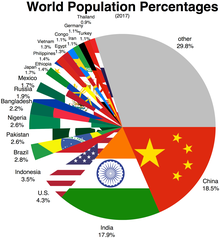
Populations and Geography
Population and geography goes hand in hand. When we do a census count, when we study population density, and when we research migration pattern, it all involves geography. Thousands of years ago, the Earth's population was only 5 million people. By the time of the birth of Jesus Christ, about 300 million people were on the Earth. The population of the Earth grew slow until the start of the Industrial Revolution in 1750. Today, the world's population is over 7 billion human beings. With this number, we have seen discussions about resources, the environment, and other issues come about. The birth of a child is a blessing in the Universe. Therefore, the human population is a gift. Also, we have the responsibility to care for human life, the environment, and the Earth in general. Demographics deals with studying the composition of a population from its ethnicity, age, region, etc. Fertility is about the the incidence of childbirth. To find the crude child birth, you have to divide the number of live birth's in a year by the total population of a nation. Then, you multiple the quotient by 1000. America has a crude birthrate of 12.4. Crude birth rates are high in some populations and low in other populations. Mortality is the measure of death in a country's population. The crude death rate is the number of deaths in a given year for every 1,000 in a population. In world life expectancy, usually, women live longer than men. Men in America live to their late 70's on average while women live into their 80's on average.
Migrations are commonplace. In recent years, population migration has increased in Florida, parts of Texas, and other locations where housing is cheaper and the climate is warmer. Populations are influenced by fertility mortality, and migration. Usually, high population growth are in nations of color including poorer nation than industrialized nations. Scholars research populations by using age-sex population pyramid charts and other studies. Malthus was wrong in saying that population growth would ruin the world in a geometric fashion. New technologies have worked to help populations. Populations have stabilized in their growth in post industrial societies because the focus is on technology, and many people delay childbearing. Like always, we have to realize that we must use policies that respect the environment, since resources on Earth aren't unlimited. Also, caring for Nature is the right thing to do. We live on one world. We may reach 9 billion people in 2050.
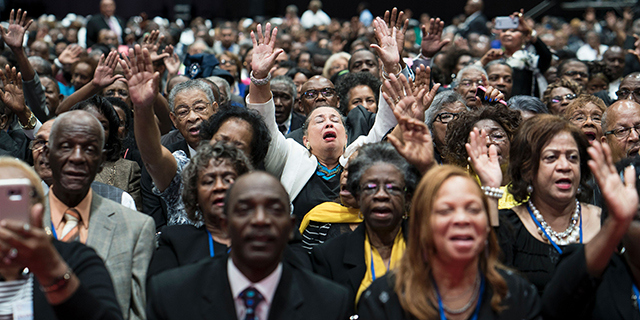
Religions
Religions are truly part of human existence for billions of people. Religion is an institution or a celebration of one entity (or many entities) in relating to human interaction. There are people who use religion to help people, create hope, and build up societies. Others have exploited religion to advance brutality, unjust wars, slavery, economic exploitation, and other evils. Religion deals with the sacred. Ritual, faith, and belief systems are found in numerous religions from Christianity to Islam. To many followers of spirituality, they want social cohesion, social control, and meaning plus purpose in life. People celebrate holidays like Passover, Easter, Ramadan, etc. Conservatives have used religion to promote fundamentalism in many cases. Liberals have used religion to advance liberation theology or other social justice causes. You have churches, sects like the Amish, and cults (which deals with a strict policy of being outside of cultural traditions). Cults like Heaven’s Gate have been very deadly. Religions have been polytheistic, monotheistic, and animist (or forests, water, mountains, and the wind being seen as spiritual forces). The most common religious belief is the belief in a single divine Creator which existed after pastoral and horticultural societies grew thousands of years ago. Sociologically wise, the most religious nations are in low income nations than in high income nations. Most Americans believe in God, but an increase of Americans is turning to the New Age, no religious affiliation, and alternative belief systems.

Human resources
Human resources are very important involving human geography. Without resources, the human race won’t survive literally. Human resources deal with the business sectors, organizations, talent, labor, people, and empowerment of people. There are issues that deal with employment, labor laws, and benefits. In May 2014, the U.S. Department of Labor stated that human resource assistants earn about $38,040 annually and human resource managers earn about $104,440 annually. People are key in the developing of any nation. Any society wants motivated human beings to deal with the issues of life. Any person regardless of educational level, age, or sex has equal value and ought to be treated with dignity and with respect. The issue is that human resources are not equally distributed in the world right now. We have racism, discrimination, xenophobia, sexism, and other evils. That is why activism is important to do something about. Scholars of human resources research literacy, health conditions, occupations, and income levels to witness the reality of the Universe.
Tourism
Tourism and geography go hand in hand. By the 20th century, scholars accepted the study of tourism geography. Tourism has existed for a long time. Many people in the Caribbean have experienced the complicated nature of tourism. Tourism is about human beings going into other places for the purposes of leisure, having fun, or other forms of personal enjoyment. Tourism is linked to geography since tourism does deal with many aspects of geography like: scale, accessibility, location, place, and natural resources. Tourism can led into positive development of industries, job growth, and other ways of enriching society. Also, tourism can be used in a negative way in causing gentrification at times, causing cultural exploitation, promoting displacement of lands, and other negative consequences. When studying tourism, you have understanding about resources, infrastructure (inlcuding transportation, accommodation, etc.), the types of tourism, markets, and demographics. For example, the way mountains are situated, the way that a population is distributed, and how a culture is formed can determine how strong tourism may be. Tourism can be less risky like traveling into a state park or extremely risky like some tourists trying to climb to the top of Mount Everest.
By Timothy
Tuesday, July 16, 2019
Jamestown
https://www.facebook.com/timothy.va.9/posts/1894188460897746
https://www.facebook.com/timothy.va.9/posts/1894179430898649
https://www.facebook.com/photo.php?fbid=1894183070898285&set=a.1540997096216886&type=3&theater
https://www.facebook.com/photo.php?fbid=1894182974231628&set=a.1540997096216886&type=3&theater
https://www.facebook.com/photo.php?fbid=1894183470898245&set=a.1540997096216886&type=3&theater
https://www.facebook.com/photo.php?fbid=1894183174231608&set=a.1540997096216886&type=3&theater
https://www.facebook.com/timothy.va.9/posts/1894179430898649
https://www.facebook.com/photo.php?fbid=1894183070898285&set=a.1540997096216886&type=3&theater
https://www.facebook.com/photo.php?fbid=1894182974231628&set=a.1540997096216886&type=3&theater
https://www.facebook.com/photo.php?fbid=1894183470898245&set=a.1540997096216886&type=3&theater
https://www.facebook.com/photo.php?fbid=1894183174231608&set=a.1540997096216886&type=3&theater
Subscribe to:
Posts (Atom)